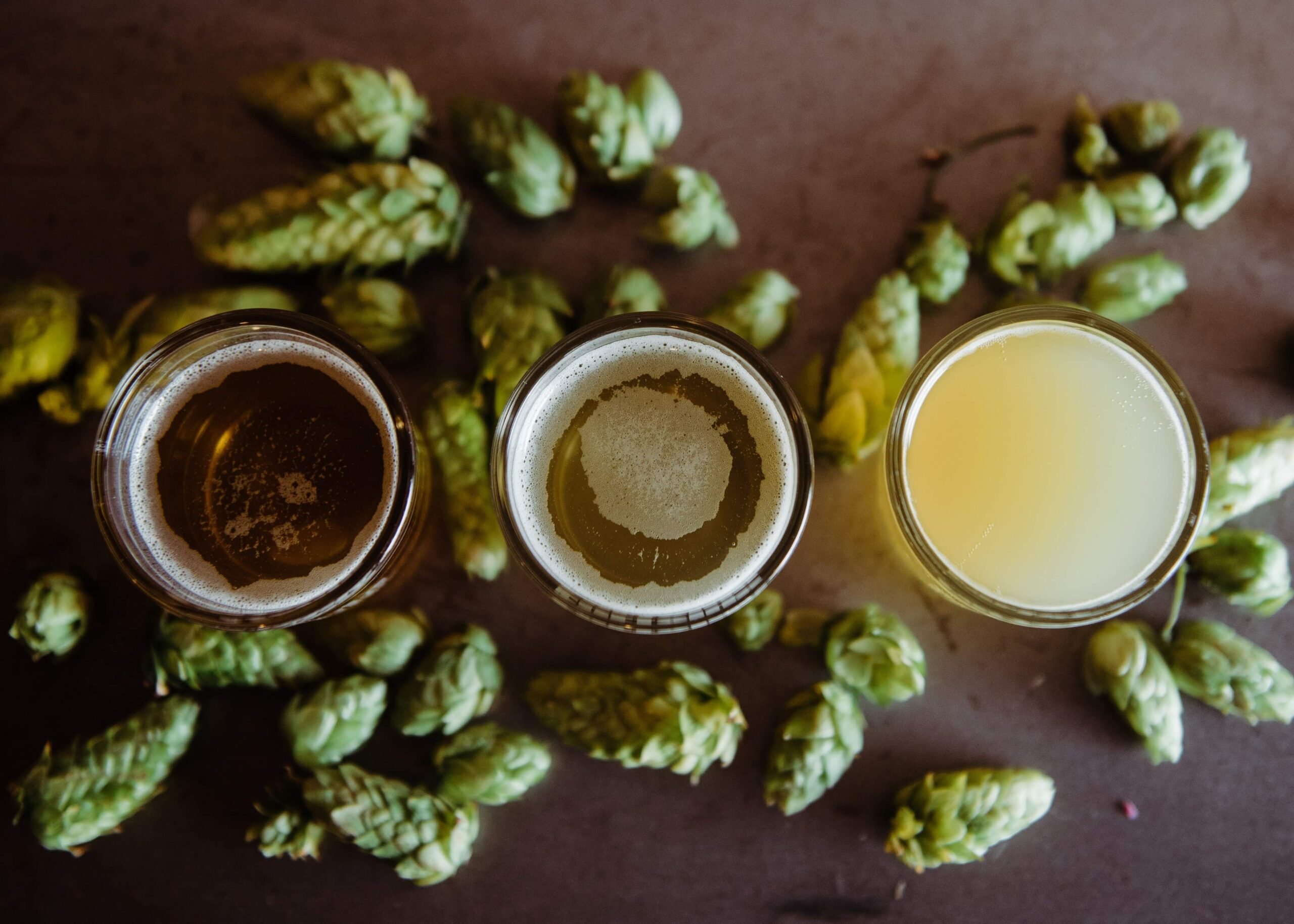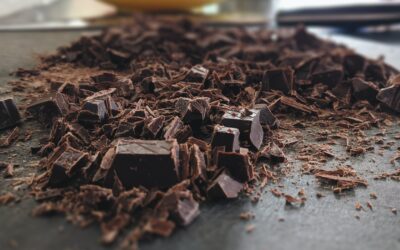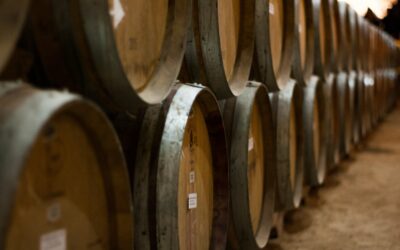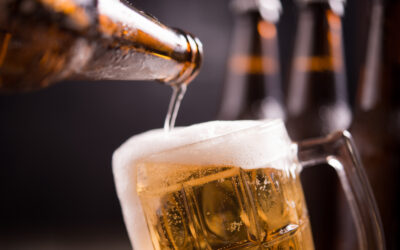The modern brewing practice of making beers taste of other things by adding them, owes little to historical brewing and much to advances in food technology.
Almost without exception, wine-makers do not add much to their wines, except for sugar, sulphites and similar preservatives. Vintners generally consider that their grapes are good enough in their own right. Until this century, the same could be said of most brewers and their attitude to malt and hops.
With few exceptions, those beers that might feature the addition of just about anything found on the shelves of a local supermarket, ostensibly in the name of innovation, are creations of the last decade or so. Few brands have yet proved to have staying power, though suggesting that this is no more than a fad, or that it infantilises beer for easy profit, is considered by some to be narrow-minded.
As a general rule, the common theme to those beers that work well with an extra ingredient, is that it adds positively to the flavours that define the beeriness of the beer, rather than detracting from, or even drowning it.
Spiced beers
Before the use of hops, brewers would try to preserve their beers and add enticing flavours to them by adding spice and herb combinations called variously gruit, gruyt, gruut or grut. British and Irish brewers also added a type of fine seaweed, called carrageen, or Irish moss, as much to clarify as to flavour them.
Coffee, chocolate and dessert beers
Coffee and dark chocolate flavours in a stout or porter can be conjured by preparing malt in particular ways, such as in a similar roaster to that used to make bakers’ cocoa or espresso coffees. A similar effect can be achieved by adding cocoa or ground coffee, which some brewers do. A few use instant coffee, or essence.
Barrel-aged beers
A novice may be forgiven for thinking that a barrel-aged beer will have been put in a barrel for the purpose of ageing. This is not correct. In modern brewing the term is used to describe a beer has been put into a barrel that previously contained some form of spirit or strong wine.








